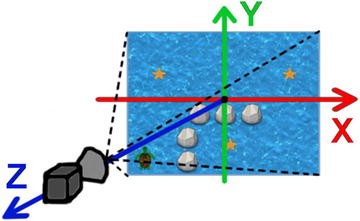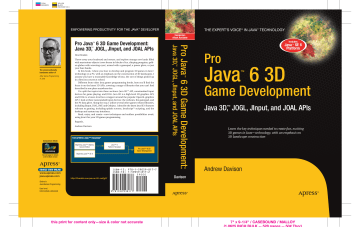

We assume our scene variable to be called scene. There have been discussions about using JOAL to replace Java 3D's buggy sound and to add in character animation, terrain utilities, improved collision detection and avoidance, NURBs, CSG (geometry Boolean operators), and more loaders. We also need to add the newly created object to the three.js scene in order to render it. To use it, we need to create a new BoxHelper instance and supply the geometry and - optionally - a color that will be used for the wireframe material. The main disadvantage is that it only creates box bounding volumes, so if you need spheres vs AABB tests you need to create your own Sphere objects. By default they are created with a LineBasicMaterial material (a three.js material for drawing wireframe-style geometries). The easiest is to simply create an axis-aligned bounding box (AABB) around the object this can be done algorithmically by simply finding the minimum and maximum values for each axis.
We can easily debug collisions by rendering the Meshes that BoxHelper creates. 
It takes into account the child meshes when computing the size of the bounding box, so the original mesh and all its children are wrapped.
#Java lwjgl how to entity collision 3d detection update#
It has an update() method that will resize its bounding box Mesh if the linked Mesh rotates or changes its dimensions, and update its position. I need to somehow check what direction an obstacle was hit from (jumping on enemies, destroy blocks etc), but i'm not sure how i can achieve this. You will miss sphere tests, but the tradeoffs are well worth it. Hello, i am currently writing a pseudo-3d super mario bros 1 clone using lwjgl (Java), but i'm facing trouble with collision detection. At the end I show how every face of every cube is rendered, which is unnecessary. This results in a new box Mesh representing the bounding box, which shows the bounding box's shape, and can passed to the previously seen setFromObject method in order to have a bounding box matching the Mesh.īoxHelper is the recommended way to handle 3D collisions with bounding volumes in Three.js. I wrote this using Java (LWJGL).Not very optimized but was just a test. This helper takes a Mesh and calculates a bounding box volume for it (including its child meshes). Bounding volume collision detection with THREE.jsĪs an alternative to using raw Box3 and Sphere objects, Three.js has a useful object to make handling bounding boxes easier: BoxHelper (previously BoundingBoxHelper, which has been deprecated). Building up a basic demo with Pla圜anvas. 
Building up a basic demo with Babylon.js.Using WebRTC peer-to-peer data channels.







 0 kommentar(er)
0 kommentar(er)
